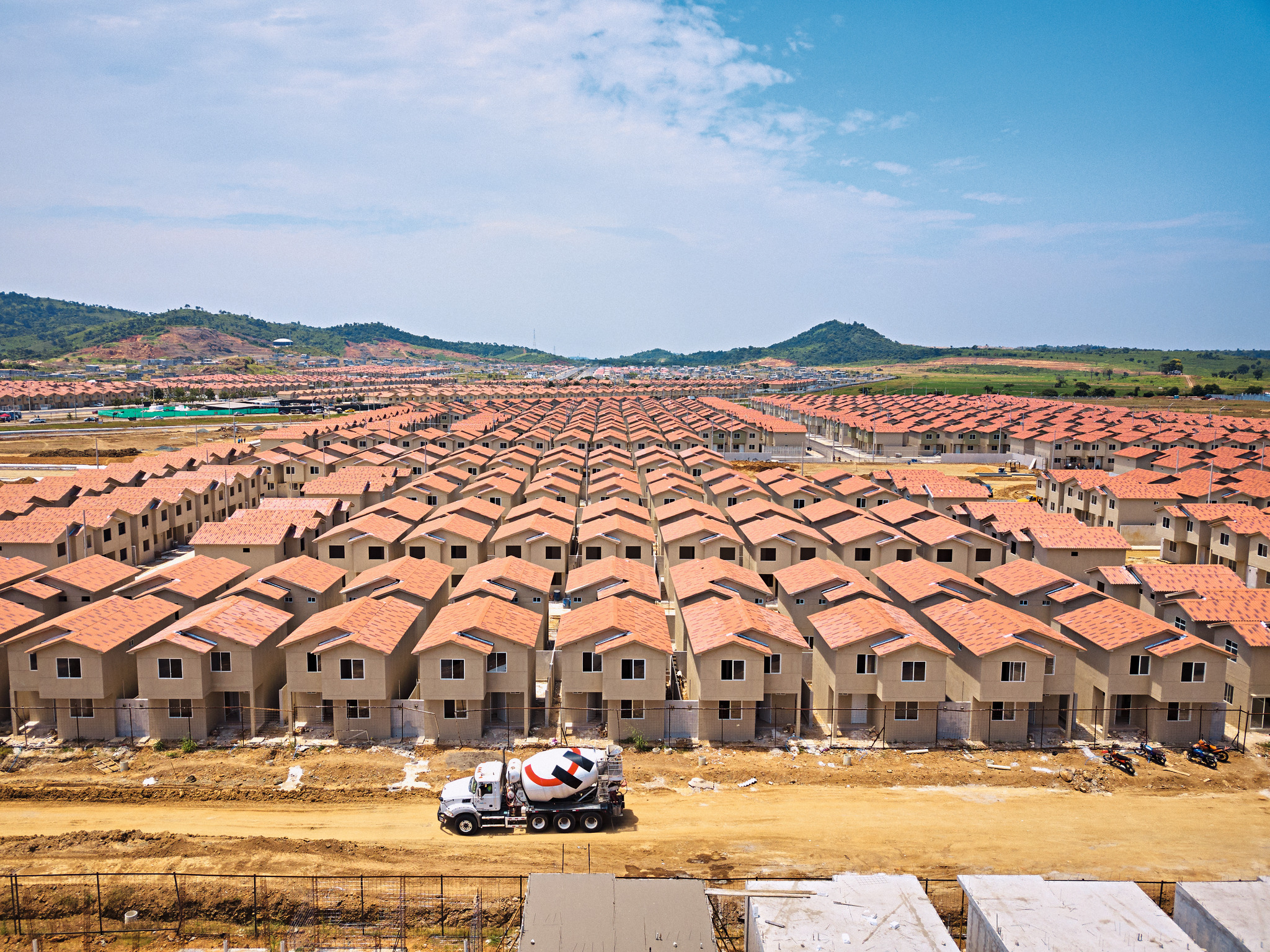World’s largest cement maker LafargeHolcim commits to bold climate action
The We Mean Business coalition
Leading building materials company LafargeHolcim has raised the bar for climate ambition in the cement industry, while committing to help define a pathway to accelerate the transition to the zero-carbon built environment of the future.
At Climate Week NYC, LafargeHolcim announced it has signed the Business Ambition for 1.5°C commitment – a campaign led by the Science Based Targets initiative (SBTi) in partnership with the United Nations Global Compact and the We Mean Business coalition. As part of this commitment, LafargeHolcim enhanced its 2030 emission targets.
In its 2030 goals, the Switzerland-headquartered company is further lowering its target for CO2 intensity in cement to 475kg net CO2 per ton of cementitious material (net CO2/t.cem).
As part of its strategy to achieve its 2030 goals, the company will:
- Accelerate the use of low-carbon and carbon-neutral products such as ECOPact and Susteno.
- Repurpose 100 million tons of waste and byproducts for energy and raw materials
- Scale up the use of calcined clay and develop novel cements with new binders
- Double waste-derived fuels in production to reach 37%, compared to 2018 baseline
- Reach 475 kg net CO2 per ton of cementitious material
- Operate its first net-zero CO2 cement production facility
In addition to reducing its scope 1 and scope 2 emissions, LafargeHolcim will work to cut emissions from its value chain (scope 3 emissions) – commiting to reduce transportation and fuel-related emissions by 20%.
Transforming the cement sector
Beyond tackling its own footprint, LafargeHolcim is helping to push the boundaries and lead the way towards a green construction sector by partnering with SBTi to develop a roadmap for aligning climate targets to achieve a 1.5ºC trajectory.
As part of its net-zero journey LafargeHolcim will accelerate circular construction by increasing the use of recycled materials in its products and processes, while recovering materials at the end of their life cycle. In 2019, LafargeHolcim repurposed 48 million tons of waste making it a world leader in waste solutions. Over the coming decade, the company will also pilot over twenty Carbon Capture Usage and Storage (CCUS) projects across Europe and North America.
“I believe in building a world that works for people and the planet. That’s why we are reinventing how the world builds today to make it greener with low-carbon and circular solutions,” CEO Jan Jenisch said. “I am very excited to be working with SBTi, taking a rigorous science-based approach to shape our net-zero roadmap and accelerating our efforts to substantially lower our CO2 footprint. I will never stop pushing the boundaries to lead the way in green construction.”
A growing number of companies from the construction materials sector have set or committed to set science-based targets, collectively helping to accelerate the transition to zero-carbon built environment.
Germany’s HeidelbergCement AG, India’s UltraTech and the Taiwan Cement Corporation, all have approved science-based targets, to name just three. While companies such as India’s Dalmia Bharat Limited and Grupo Cementos de Chihuahua in Mexico have committed to set one.
This comes as 40 of the world’s leading cement and concrete companies have unveiled a joint industry ‘2050 Climate Ambition’. The ambition statement, launched by the Global Cement and Concrete Association (GCCA) demonstrates the industry commitment to drive down the CO2 footprint of the world’s most used man-made product by 2050 and represents a critical milestone for the industry.
Cement is currently responsible for around 8% of the world’s carbon dioxide emissions, meaning the challenge ahead for the sector is not to be underestimated. But bold climate commitments and a clear strategy are vital to ensure the sector can play a fundamental role in the zero-carbon economy.
They show that even harder-to-abate sectors can and are being transformed as part of the Race to Zero. They also underline the growing business case for all companies to harness the benefits of climate action, such as reduced costs, new growth opportunities and being better aligned with climate policy developments.
Construction companies such as Sweden’s Skanska have committed to set a science-based target, while companies including Japan’s biggest home construction company Daiwa House have approved targets already set. To achieve their own climate targets, these companies require the vital sectors of cement, steel and glass to decarbonize in tandem, which is helping to drive demand for lower-carbon construction materials.
Meanwhile, over 65 businesses and organisations are committed to Net Zero Carbon Buildings, led by the World Green Building Council as part of the Climate Group’s EP100, also providing a strong demand signal for construction materials aligned with the zero-carbon future.
These companies are sending a clear message to business leaders that cutting greenhouse gas (GHG) emissions across all sectors of the economy is possible and essential to building the resilient, healthy and thriving economies of the future.
* The target boundary includes biogenic emissions and removals from bioenergy feedstocks

